Assessment of Respiratory Status: Reducing Tobacco Use with HBM
VerifiedAdded on 2023/06/12
|6
|917
|251
Essay
AI Summary
This essay explores the importance of reducing tobacco use due to its harmful effects on health, including lung diseases, heart problems, and cancer. It highlights the dangers of both primary and secondary smoking, referencing the World Health Organization's classification of tobacco as a leading cause of preventable deaths. The essay advocates for quitting smoking to improve overall health, oral hygiene, and self-esteem. It applies the Health Belief Model (HBM) to understand and address the factors influencing tobacco use, such as perceived susceptibility, severity, benefits, barriers, cues to action, and self-efficacy. The HBM is used to create a conceptual framework for understanding how individuals perceive the risks and rewards associated with smoking, and how these perceptions can be leveraged to promote smoking cessation and prevent tobacco-related illnesses. The essay concludes by emphasizing the role of awareness messages and confidence-building in helping individuals overcome their addiction to tobacco.
1 out of 6
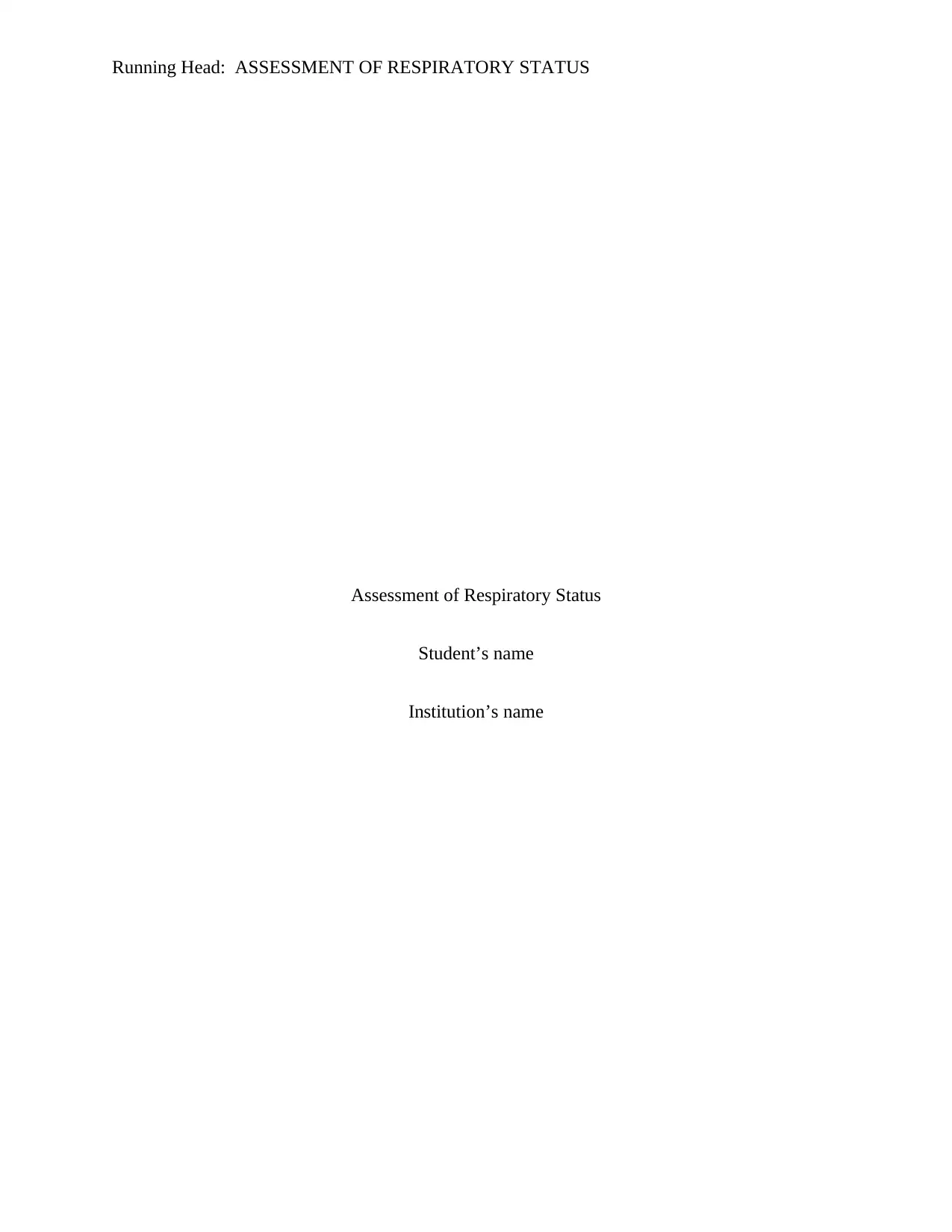
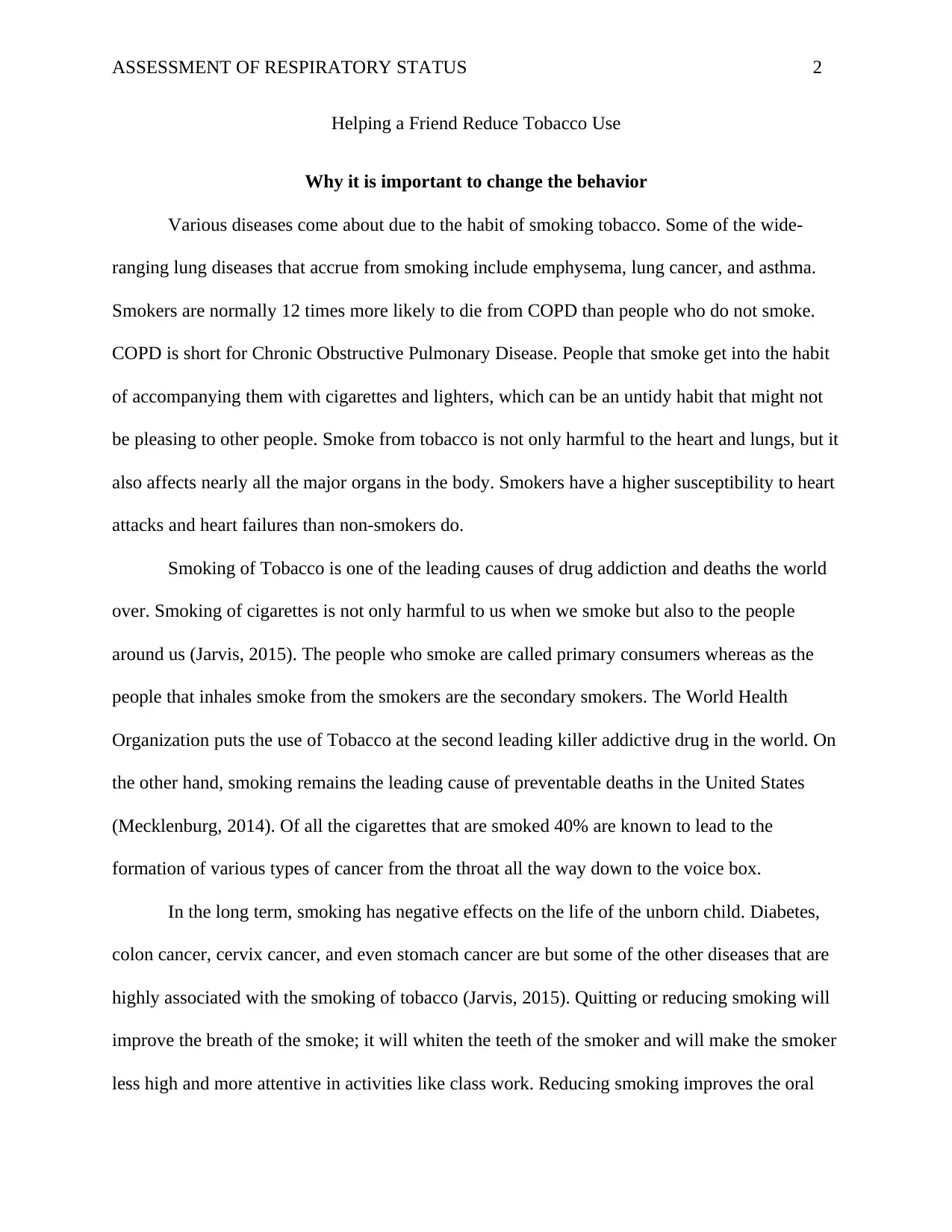
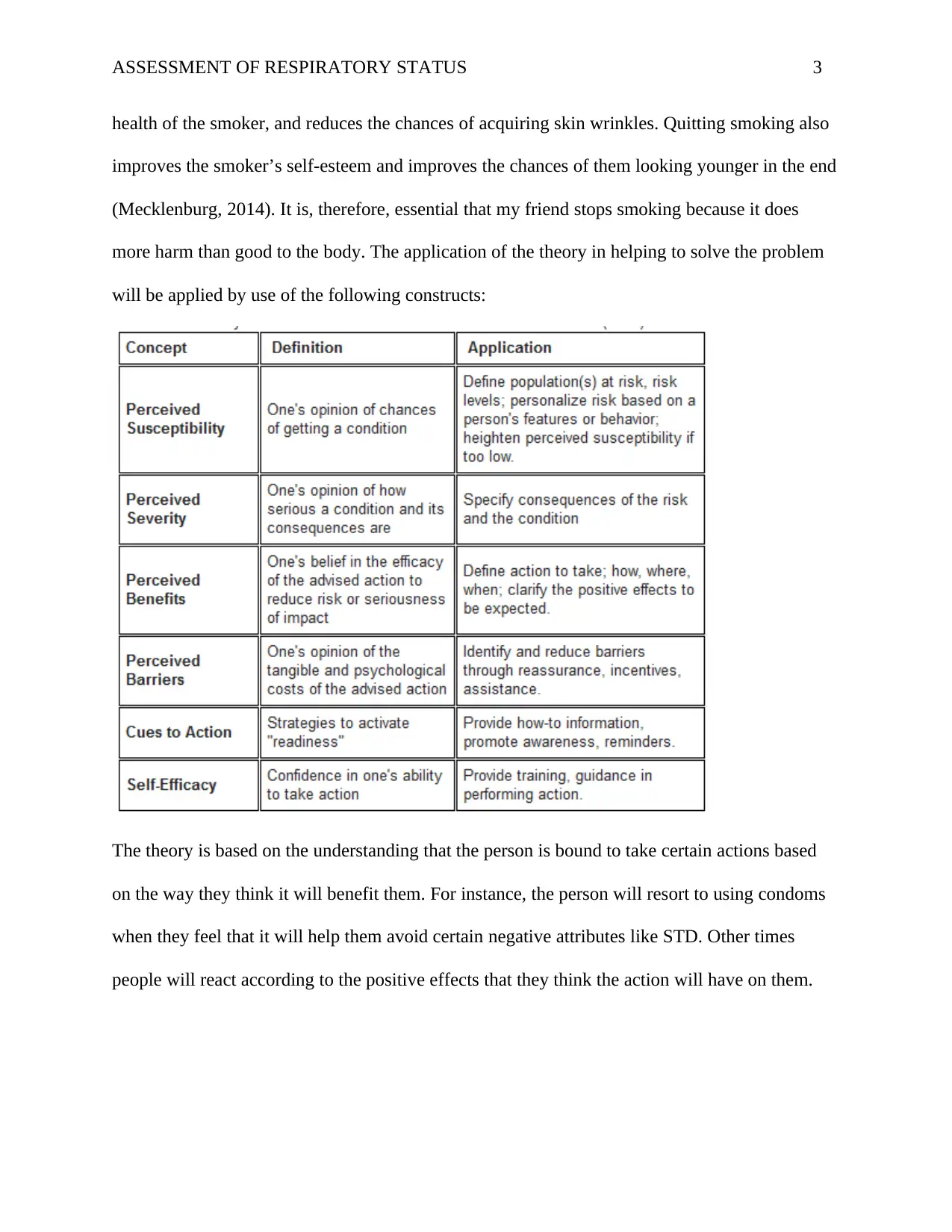

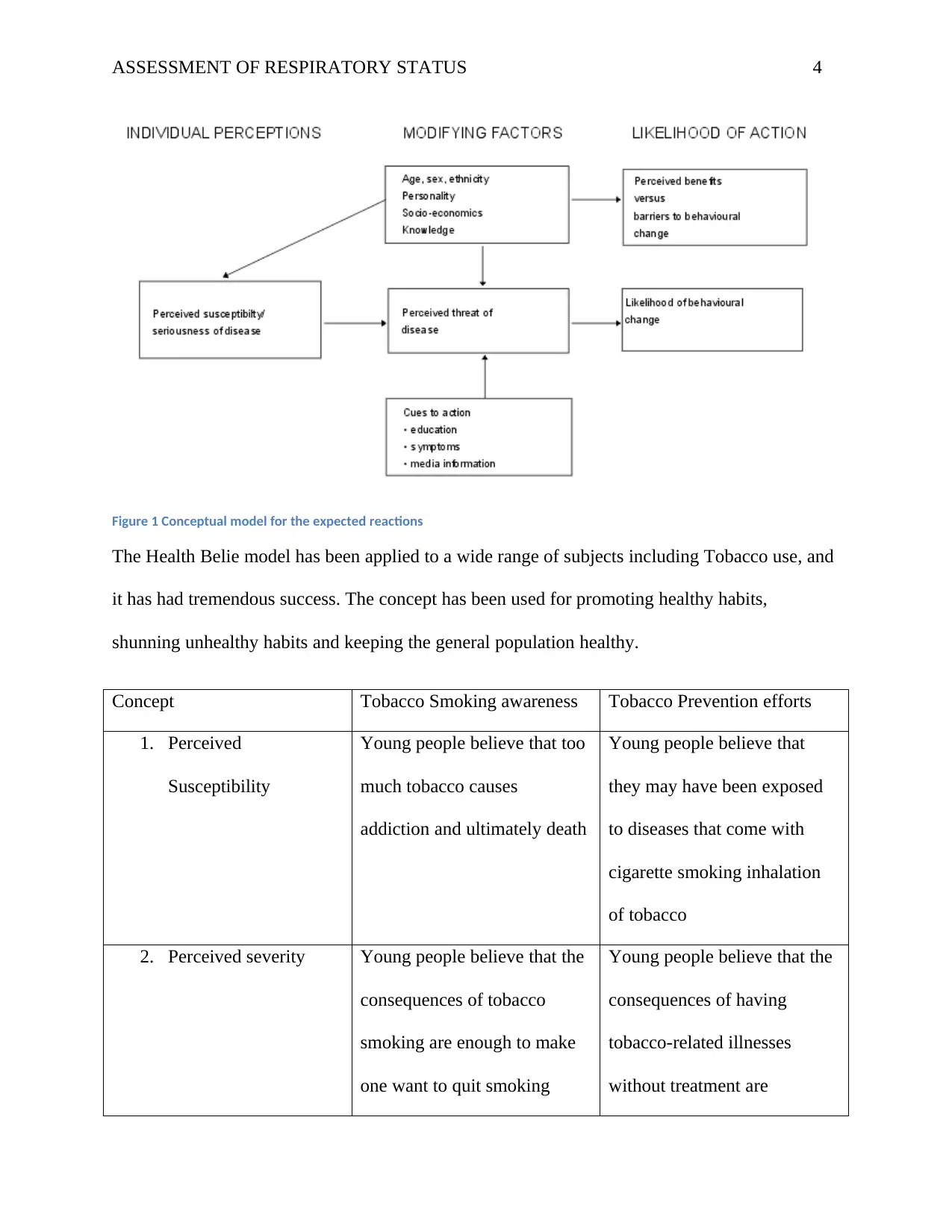
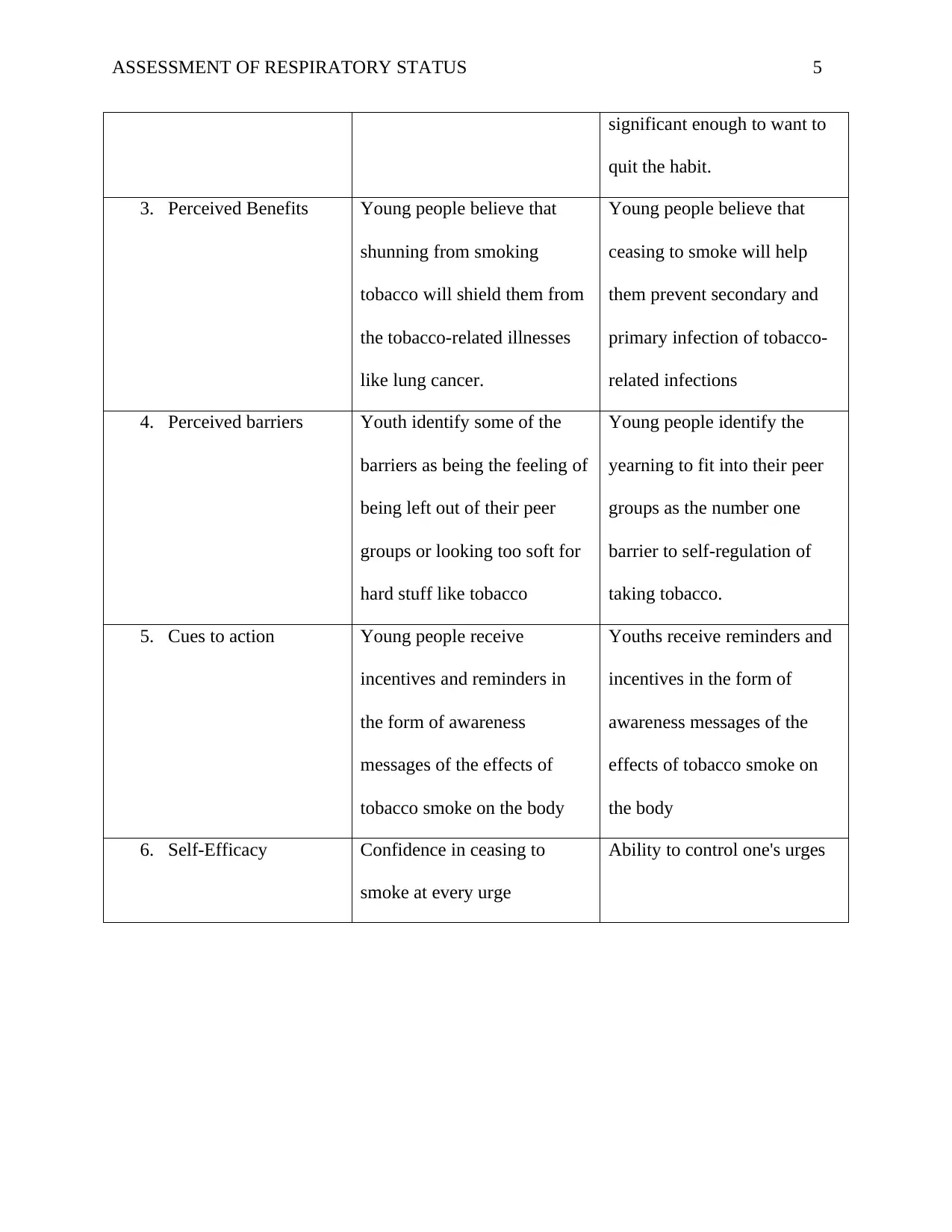
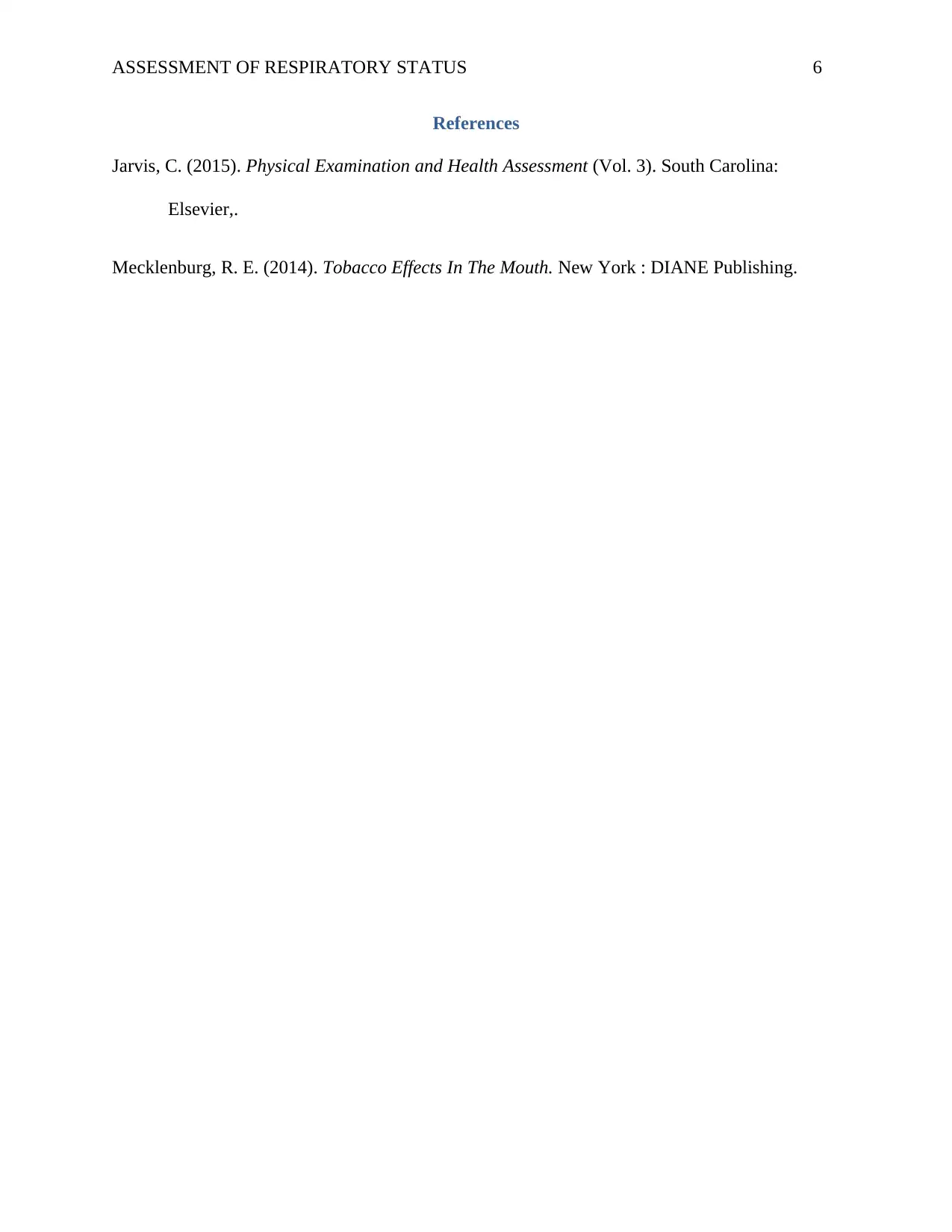






![[object Object]](/_next/static/media/star-bottom.7253800d.svg)